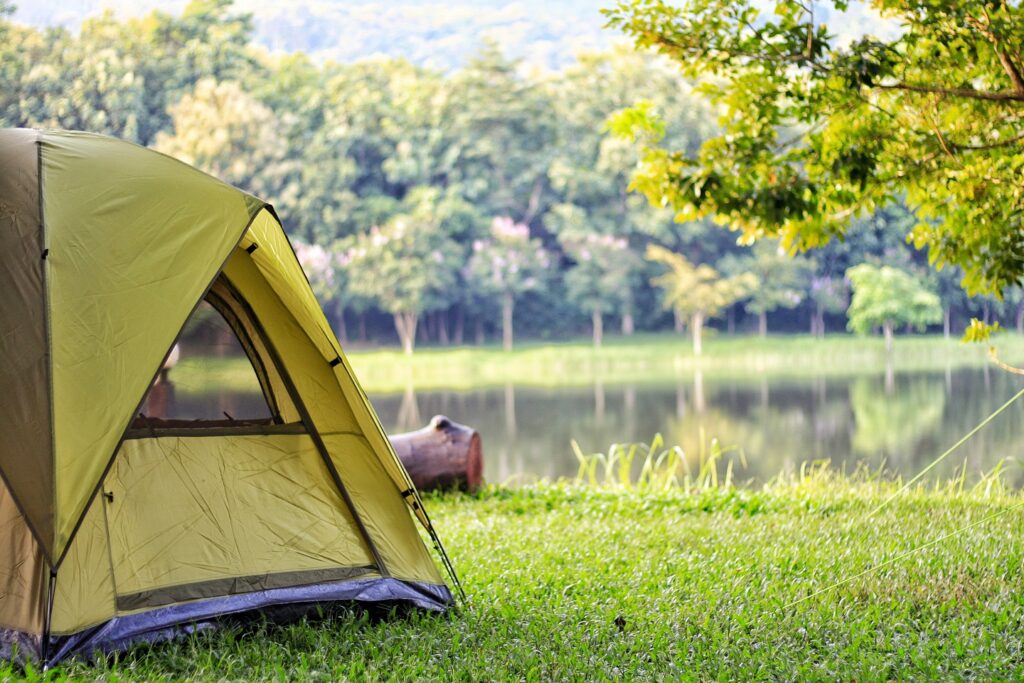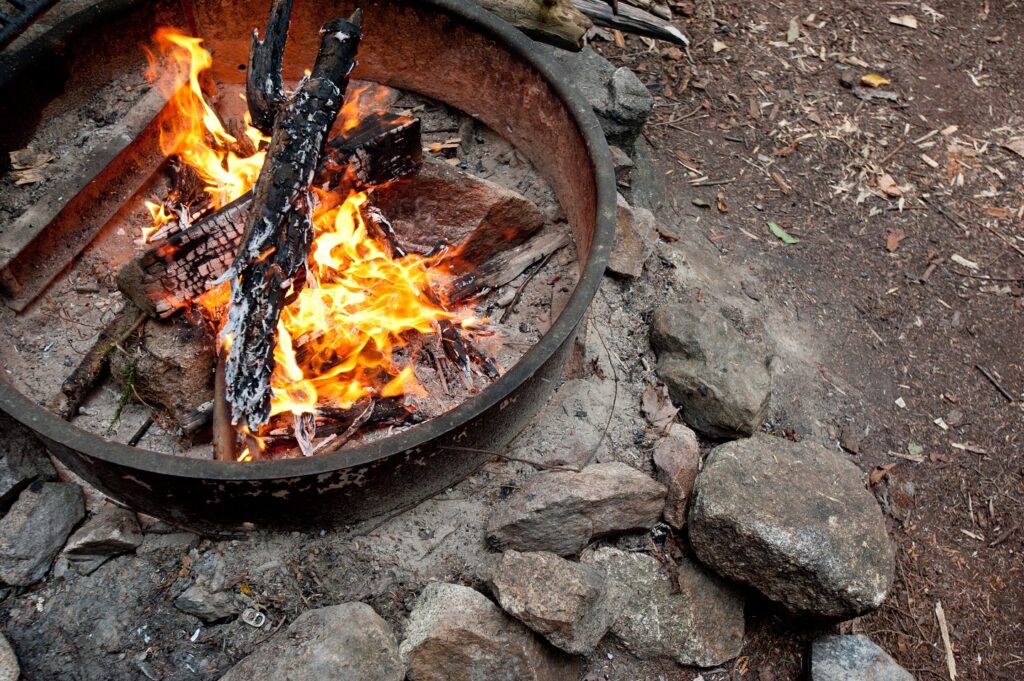The weather is warming up, the sun is shining, and the birds are chirping, telling us that the camping and picnicking season has begun. Camping is loved by all ages and allows you to immerse yourself in the great outdoors, while picnicking is a wonderful way to appreciate local parks, beaches, and the warm weather. When partaking in summer’s best-loved traditions, however, its important to keep sustainability top of mind.
Here are 10 ways to have an eco-friendly season:

1. Borrow or Purchase Pre-Owned Gear
The first step to becoming a more sustainable camper is purchasing used gear or borrowing them from friends or family. Many second-hand stores have an excellent selection of backpacks, tents, coolers, foldable chairs, and lanterns. Buying second-hand reduces waste from new packaging and the overall consumption of the resources, energy and materials that are needed to produce new equipment. Additionally, thrift stores carry baskets, blankets, and other multi-use items that can be used for a variety of outdoors activities. Facebook Marketplace is another great avenue for purchasing pre-loved gear from your neighbors.
2. Camp and Picnic Locally
Save money and time while reducing emissions by visiting local campgrounds and parks. We are surrounded by nature, so finding a beautiful park or campground can be quite easy, and you may be surprised by the hidden local gems you find nearby. Also, camping locally allows you to meet and connect with others in your community.
3. Respect Nature
Another way to camp and picnic sustainably is to respect nature. When hiking on trails, follow signs and markers to stay on the beaten path. Trailblazing into unmarked trails can disrupt plant life or animal habitats. Also, keep beaches, parks, and scenic spots free of litter and debris by choosing designated picnic areas, cleaning up after yourself, and disposing of your waste in the correct bins. If marked bins are not available, bring your waste back home to dispose of it properly.
4. Bring Reusable Dishes
Next, pack smart by carrying food and beverages in reusable containers and using reusable dishes and cutlery.
5. Practice Environmentally Friendly Dishwashing Techniques
Practicing environmentally friendly dishwashing techniques is an excellent way of camping sustainably. When washing your reusable dishes and cutlery, try using eco-friendly soaps and filling a bucket with hot water rather than letting a tap run continuously. Dispose of your water in a designated dumping point instead of throwing it into the bush. Use reusable dishcloths whenever possible instead of single-use wipes.

6. Be Food Smart
Another way to be more sustainable is to be food smart. Instead of packing substantial portions of food that might go to waste, plan your meals carefully, and only bring the required ingredients. When making food at your camp or picnic site, place any unusable food scraps into the proper composable bins.
7. Pack Sustainable Accessories
When planning your picnic, try embracing cloth napkins instead of disposable paper ones. Not only are they better for the environment because they can be cleaned and reused, they add a touch of elegance to your picnic. For the picnic blanket, opt for an old one from home, or, if purchasing new, try to find one made from recycled materials. Remember to always set up your spread in a designated area rather than off the beaten trail.
8. Eco-Friendly Toiletries
When packing for your trip, consider the impact of your shampoos, toothpaste, and body washes. Choose products made from naturally derived ingredients that are gentle on the environment. As another alternative, look for local washrooms to wash your hands before you begin your picnic.

9. Build a Safe Campfire
Enjoying a warm and gooey s’more is necessary, but in so doing, ensure you follow proper campfire etiquette. Obey local regulations and the campground rules. Use designated fire rings and only deadwood as fuel. Keep fires small so they are easier to control and keep them away from anything flammable. Distinguish your fire 45 minutes before you plan to leave the site.
10. Choose Sustainable Parks and Campgrounds
When deciding where to go camping or enjoy your picnic, seek out parks and campgrounds that prioritize sustainability and conservation. Look for places that promote proper waste disposal through clearly defined recycling locations and garbage bins. This makes it easier for you to practice appropriately disposing of your waste if it is available.
